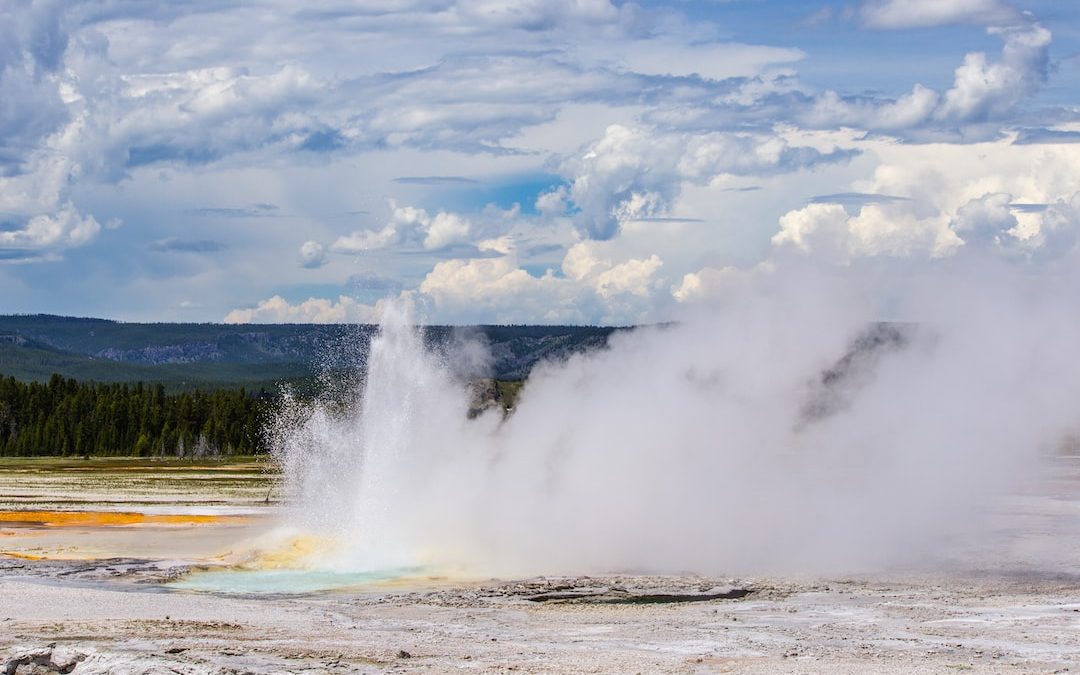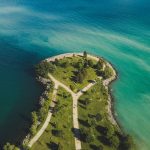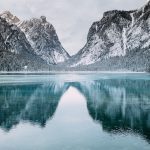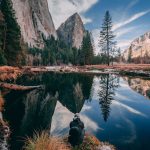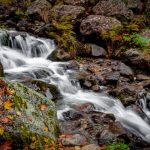Table of Contents
Exploring Yellowstone National Park’s Natural Wonders
Introduction to Yellowstone National Park
Yellowstone National Park is an icon of American landscape, a vast and diverse wilderness of stunning and unparalleled natural wonders. Situated in the northwest corner of Wyoming, the park is known for its geysers, hot springs and other geothermal features, as well as its abundant wildlife, majestic mountains and pristine lakes. Yellowstone is one of the most popular and iconic national parks in the United States, and a must-visit destination for anyone looking to explore the grandeur of the American West.
Geysers and Hot Springs
One of the natural wonders of Yellowstone National Park is its geysers and hot springs. The park is home to the world’s largest concentration of geothermal features, with over 10,000 geothermal features, including more than 500 geysers. The most famous of these is Old Faithful, the iconic geyser that erupts with predictable regularity every 45 minutes to two hours. The park also boasts many other famous geysers, including Grand, Castle, Daisy and Giantess. In addition to geysers, the park is home to hundreds of hot springs and mudpots, as well as fascinating fumaroles and travertine terraces.
Wildlife
The abundant wildlife of Yellowstone National Park is another of its major draws. The park is home to more than 60 species of mammals, including bison, elk, wolves, grizzly bears, and moose. In addition to these larger animals, the park is home to smaller animals like marmots, beavers, otters and muskrats. Birdwatchers will also find plenty to marvel at in Yellowstone, with more than 300 species of birds, including bald and golden eagles, trumpeter swans, and peregrine falcons.
Mountains and Lakes
The mountainous terrain of Yellowstone National Park is another of its natural wonders. Boasting the largest collection of active geysers in the world, the park also encompasses many of the Rocky Mountains’ most majestic peaks, including the tallest mountain in the park, Eagle Peak. Beautiful lakes can also be found in Yellowstone, including Yellowstone Lake, the largest lake in the park, and Shoshone Lake, the largest backcountry lake in the Lower 48.
Grand Canyon of the Yellowstone
One of the most spectacular sights in Yellowstone National Park is the Grand Canyon of the Yellowstone. Situated in the northwest corner of the park, the canyon is nearly 24 miles long and more than 1,000 feet deep in some places. The canyon features two waterfalls, the Lower Falls, which is more than 300 feet high, and the Upper Falls, which is 109 feet high. The canyon is an awe-inspiring sight, with its towering cliffs, deep canyons and cascading waterfalls.
Mud Volcanoes and Fumaroles
Yellowstone National Park is also home to a number of other interesting geothermal features, such as mud volcanoes and fumaroles. Mud volcanoes are formed when boiling mud and water are forced up from the ground, creating a bubbling, steaming mound of mud. The park is home to several mud volcanoes, including the Mud Volcano area in the Lower Geyser Basin. Fumaroles are vents in the ground that emit steam and gas, and the park is home to several of these, too.
Grand Prismatic Spring
The Grand Prismatic Spring is arguably the most spectacular hot spring in Yellowstone National Park. Situated in the Midway Geyser Basin, the spring is the largest hot spring in the United States, and the third largest in the world. The spring is a stunning sight, with its vivid rainbow of colors, and is definitely a must-see when visiting the park.
Mammoth Hot Springs
Mammoth Hot Springs is another of Yellowstone’s iconic geothermal features. Situated near the park’s north entrance, the hot springs are renowned for their terraced limestone formations, which are constantly changing due to the hot water that flows through them. The springs are an impressive sight, and a great place to observe the park’s unique geothermal features.
Norris Geyser Basin
The Norris Geyser Basin is one of the most active geothermal areas in Yellowstone National Park. Situated in the northwest corner of the park, the basin is home to some of the park’s most spectacular geysers, hot springs and mudpots, including the Steamboat Geyser, the tallest active geyser in the world. The basin is a fascinating sight, with its constantly changing landscape, and is a must-visit for anyone looking to explore the park’s geothermal wonders.
Tower Falls
Tower Falls is another of the park’s most impressive landmarks. Located in the northeast corner of the park, the falls are comprised of a 132-foot tall cascade of water, which plunges into the Tower Creek gorge. The falls are a beautiful sight, and a popular spot for visitors to take in the park’s stunning scenery.
Lower Falls of the Yellowstone River
The Lower Falls of the Yellowstone River is another of the park’s iconic sights. Located in the Grand Canyon of the Yellowstone, the Lower Falls is a 308-foot tall cascade of water that plunges into the canyon below. The falls are an impressive sight, and a popular spot for visitors to take in the park’s grandeur.
Summary
Yellowstone National Park is one of the most iconic and stunning national parks in the United States, home to a vast array of natural wonders. From geysers and hot springs to majestic mountains and pristine lakes, Yellowstone National Park is an awe-inspiring destination for anyone looking to explore the grandeur of the American West. From the iconic Old Faithful geyser to the majestic Grand Canyon of the Yellowstone, the park is filled with breathtaking sights and unforgettable experiences. Whether you’re looking to observe the park’s abundant wildlife or explore its many geothermal features, Yellowstone National Park has something for everyone.

